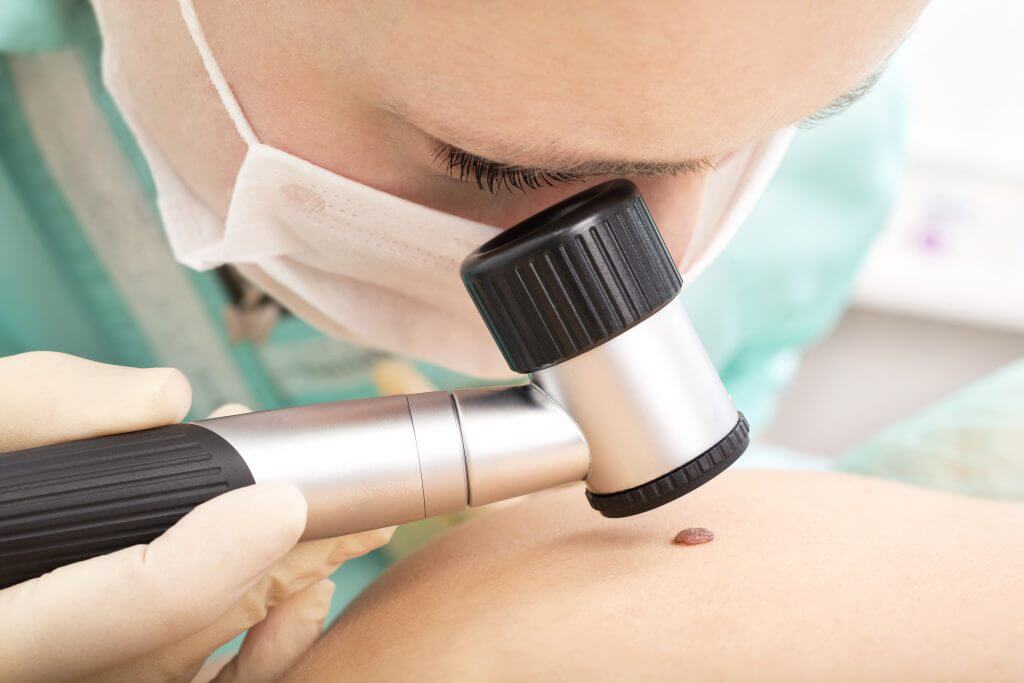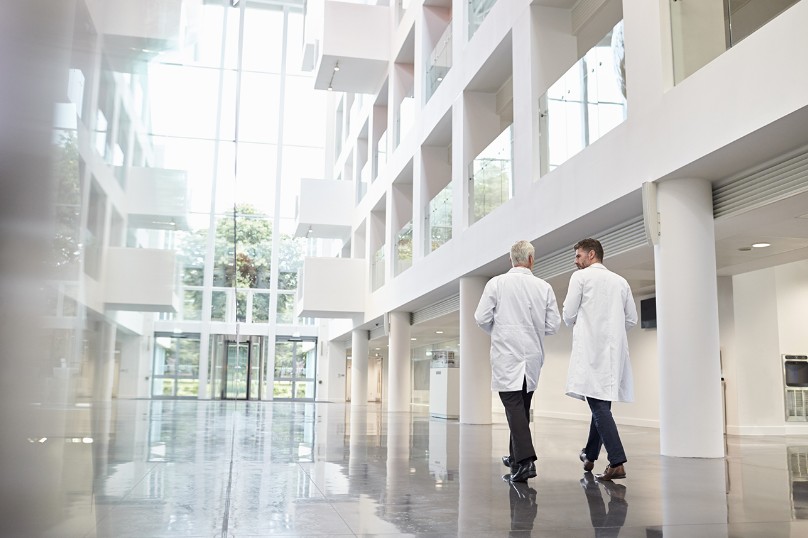Before the coronavirus took the world by storm, telemedicine was a concept rarely used in practice. However, COVID-19 has changed everything. A person’s ability to consult a medical provider virtually saves them both money and time. Also, telemedicine saves lives by minimizing exposure to people with illness in waiting rooms or medical facilities. However, for a lot of people, the services that a telemedicine doctor offers are still new and unfamiliar. If you want to schedule a telemedicine appointment, the following are things you can expect:
Preparing the Technology to Use
For a successful virtual consultation with a medical provider, you must have a laptop, smartphone, or tablet and a dependable internet connection. Because you may be videoconferencing with a doctor, ensure only a few devices are connected to the internet at the time of the appointment. Videoconferences require a lot of bandwidth.
Preparing Yourself
Because a telemedicine appointment is held virtually, your doctor cannot take vital signs or listen to your lungs or heart. Because of this, you must prepare yourself for the appointment. Create a list of symptoms you are experiencing and take note of when they began and how serious they are. Also, write down the medications you are currently taking and the conditions you take them for. During the videoconference with your doctor, prepare a pen and paper, so you can take notes of the recommendations of your doctor.
Checking Your Insurance
Before the pandemic, a lot of insurance companies cover virtual medical visits. However, some insurers expanded their coverage as the country declared public health emergency because of COVID-19. So, you should contact your insurer to make sure your telemedicine appointment is covered.
Attending the Appointment
During a telemedicine appointment, a doctor will ask questions about a patient’s symptoms and medical history. The patient can take their temperature, check their blood pressure, and weigh themselves, depending on whether they have the necessary equipment. Videoconferencing lets the doctor conduct physical examinations and inspect affected areas. After the doctor assesses the patient’s symptoms, they may offer a diagnosis, recommendation for more testing and assessment, refer the patient to a specialist, or give a prescription.
The COVID-19 pandemic has changed many lives; however, telemedicine doctors are available to help patients navigate the impacts of such changes on healthcare. Also, doctors can walk patients through the benefits of telemedicine can and how they can make the most out of their virtual visits.



